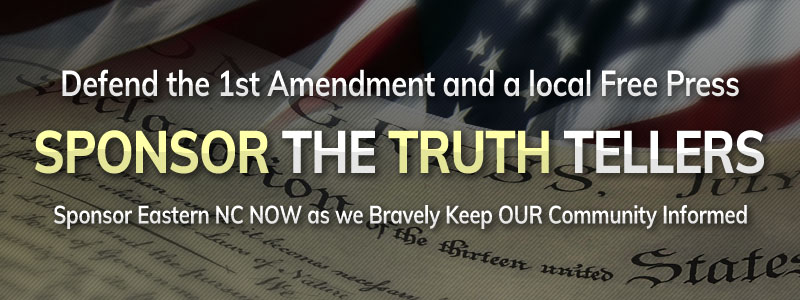Publisher's note: The author of this post is Dr. Terry Stoops, who is Director of Research and Education Studies for the John Locke Foundation and a contributor to the Carolina Journal, John Hood Publisher.
RALEIGH The question of whether North Carolina education spending has increased or decreased is front and center in the race for U.S. Senate. Supporters of Democrat Kay Hagan's campaign have bombarded the airwaves with claims that Republican candidate Thom Tillis cut $500 million from the state education budget. Tillis has objected to that claim, as one would expect, but the mainstream media have criticized the claim as well. (See the "Quotes of the Week" section of my latest "
Education Update.")
To try to get a more accurate picture of education spending during Tillis' tenure as N.C. House speaker, I worked with John Locke Foundation budget expert Sarah Curry and everything expert John Hood to track average per-pupil funding over the last five years. (John Hood's take on these figures is available
here.) We found that generating an apples-to-apples comparison was easier said than done.
While the N.C. Department of Public Instruction provides per-student expenditure data through 2012-13, the figures for 2013-14 have not been produced yet. Even if they were, the data would offer little insight into how per-pupil expenditures will fare this year. That is because N.C. DPI uses the final or end-of-year average daily membership to calculate "official" per-pupil spending figures. Obviously we are months away from knowing Final ADM for the 2014-15 school year.
So we used the so-called "Allotted ADM" as the enrollment figure. Allotted ADM is an enrollment estimate calculated by N.C. DPI staff during the summer to determine the initial distribution of state funding to school districts. Allotted ADM is usually higher than Final ADM, but it is the only enrollment figure available for 2014-15.
Similarly, N.C. DPI has not produced school expenditure data for the 2013-14 school year and will not have 2014-15 expenditure figures for several months. For this reason, we opted to use the state's "enacted" or initial budget — adjusted to account for reserves, lottery, and other year-to-year differences — for each of the school years under review.
Total state education funding increased by around $1 billion, or 14, percent over the last four years, but that does not address the issue of inflation and enrollment changes. Any funding increase would have to take into account North Carolina's growing student population. That is why an inflation-adjusted per-student figure is preferable.
We found that inflation-adjusted, state per-pupil funding increased by 3 percent over the last four years. Federal and local K-12 funding fluctuated during this period, so the total per-student funding figure may have exceeded or fallen short of this statewide average. Nevertheless, Tillis has no control over federal and local funding, so it is not directly relevant to the claims disseminated by those who are spending big money on Hagan's behalf.
Obviously there will be some who complain that a 3 percent increase is insufficient. Perhaps it is. But it is clearly not a cut.
One last thing: Some folks
suggest that it is contradictory for conservatives to speak out on the issue of K-12 education funding. After all, we often
point out that most research cannot establish a significant relationship between educational expenditures and student performance. If money does not "matter," then why do conservatives talk about education funding so much?
In recent months, few public policy concerns have consistently dominated the headlines and commercial breaks more than the state's education budget. The inconsistency between the research and the rhetoric is a good example of the way that political debates may focus on policies that arguably have little to do with the success or failure of the institution at the center of that debate.
Rather than dismiss the education funding debate as uninformed or irrelevant in light of empirical findings, public policy groups have a responsibility to address prevalent issues in an earnest and factual way. That does not mean that consensus is inevitable or even attainable. There will always be disagreements about the types of metrics used, how they are interpreted, and whether they matter.
But engaging in a public policy debate does not necessarily require participants to be comfortable with the terms, assumptions, or implications of the dispute. We won't (and never will) live in a world where only the most critical issues dominate the public discussion.

























